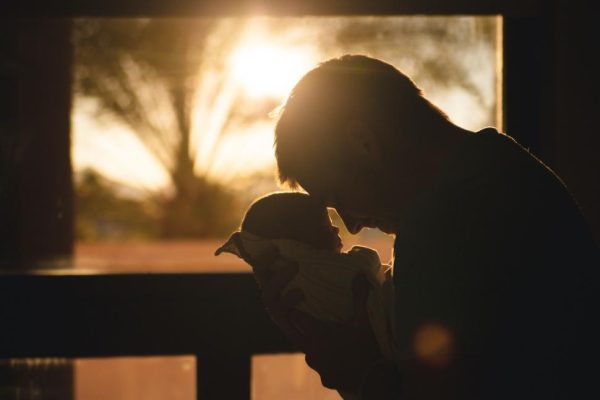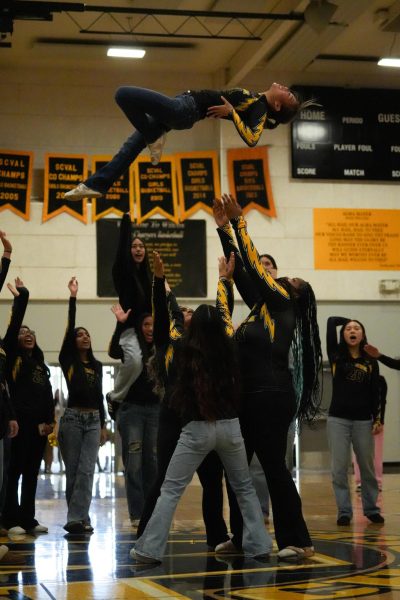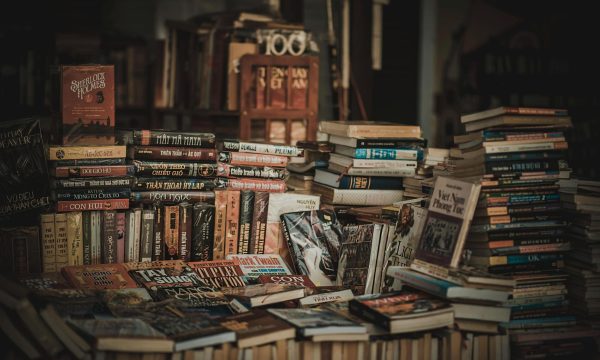Fighting Female Mutilation
In a small Kenyan village many years ago, a young Kakenya Ntaiya made an extraordinary agreement with her father. At twelve years old, her simultaneous coming-of-age and marriage ceremony was fast approaching, as was the end to her educational career. Ntaiya wanted to go to college to become a teacher more than anything, and she told her father she would not undergo the ceremony unless she could go back to school afterward. The ceremony involved singing, dancing, and finally, the moment when she was about to become a woman, an elderly man cut off her clitoris.
It was not until Ntaiya went to school in America that she learned the name for what happened to her–female genital mutilation. According to the World Health Organization, 200 million women across 30 countries in Africa, Asia, and the Middle East have already undergone genital mutilation in various forms as a part of cultural traditions or to prevent women from having sex before marrying. 3 million more will join them in a year’s time.
For other girls another ceremony took place, not in a public square, but in the privacy of their homes. When many young girls reach puberty, their mothers use rocks, spatulas, irons, hammers and other tools to prevent the girls’ breasts from developing in a process called breast ironing. According to Penn State, about one in every four girls in Cameroon is forced through the process. While breast ironing is intended to protect girls from harassment, assault, and early sex, both breast ironing and genital mutilation are painful, harmful, and unfair to young women, and should not be practiced throughout the world.
Both genital mutilation and breast ironing are extremely physically harmful to young women. During genital mutilation, the instruments used are often unsanitary and unsterilized, often causing immense medical problems. Immediately after the procedure, the World Health Organization reports that young women face severe pain, bleeding, swelling, fever, shock, infections, and even death. In the future, they may experience infection, pain, and need for more surgeries. Girls who undergo breast ironing may face an inability to produce milk, cysts, lesions, and cancer. Both sets of women may face psychological trauma in the form of depression, anxiety, post-traumatic stress disorder, low self-esteem, and more.
Education is often the best way to solve the harassment, assault, and early marriage and sexual relationships forced on young girls and the breast ironing and genital mutilation often performed to prevent these terrible circumstances. Ntaiya’s education allowed her to become a human rights activist to help other girls in similar situations as hers. Education can lead many young girls towards careers rather than marriages, allowing them to contribute to the economy, support their families, and assert their rights. Additionally, by teaching communities about the dangers of breast ironing and genital mutilation, girls can go through puberty in a safe environment and help protect others from the dangers of such atrocities.





